I have already covered the test of hFE + leakage of Ge transistors there but since I bought the handy device seen below, I use it very often ;-)
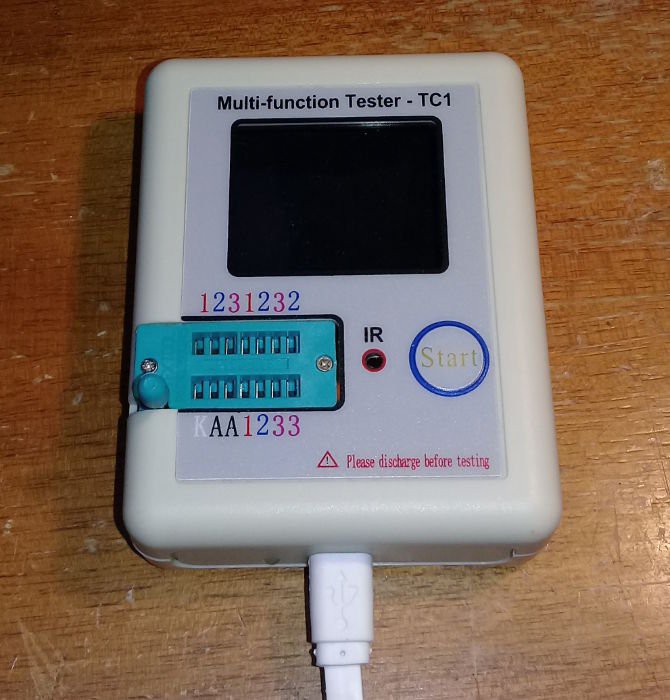
The transistor test mode is particularly interesting because it provides data beyond the old hFE. It's good at spotting "lemons" and in the case of the AF240 I had a surprise :
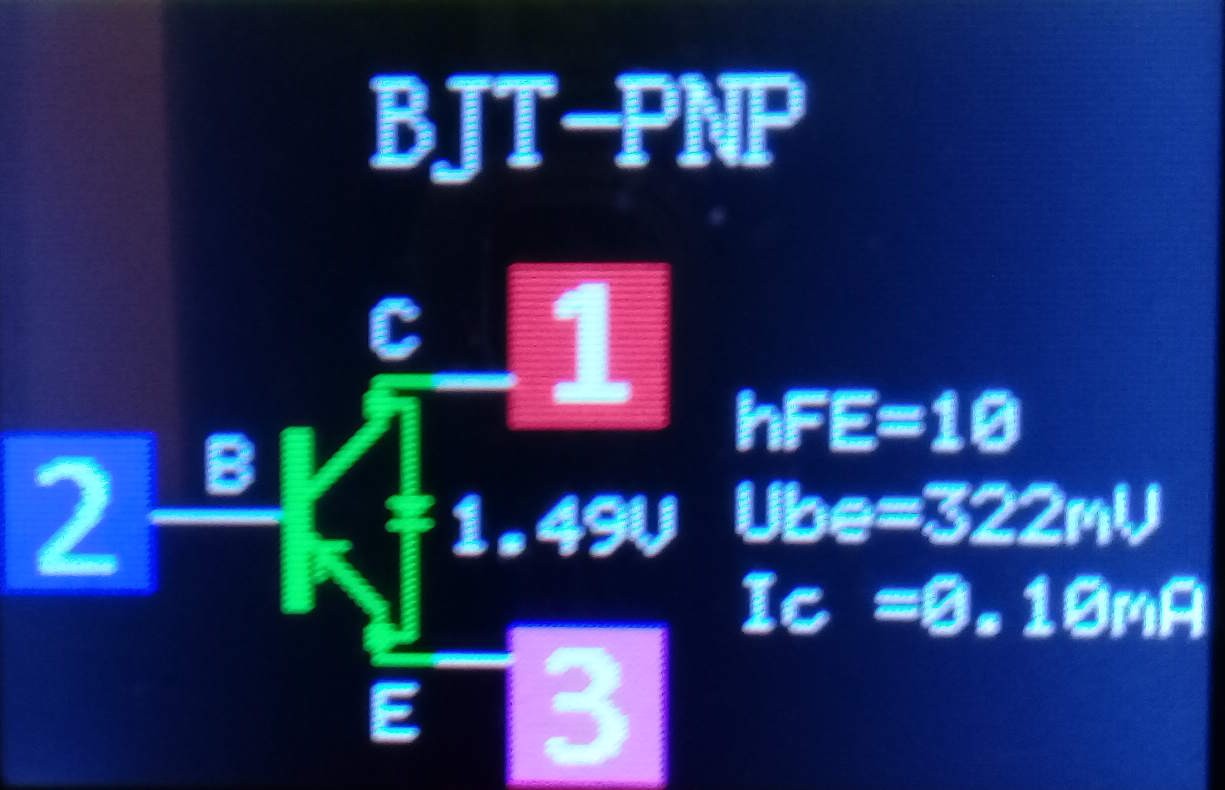
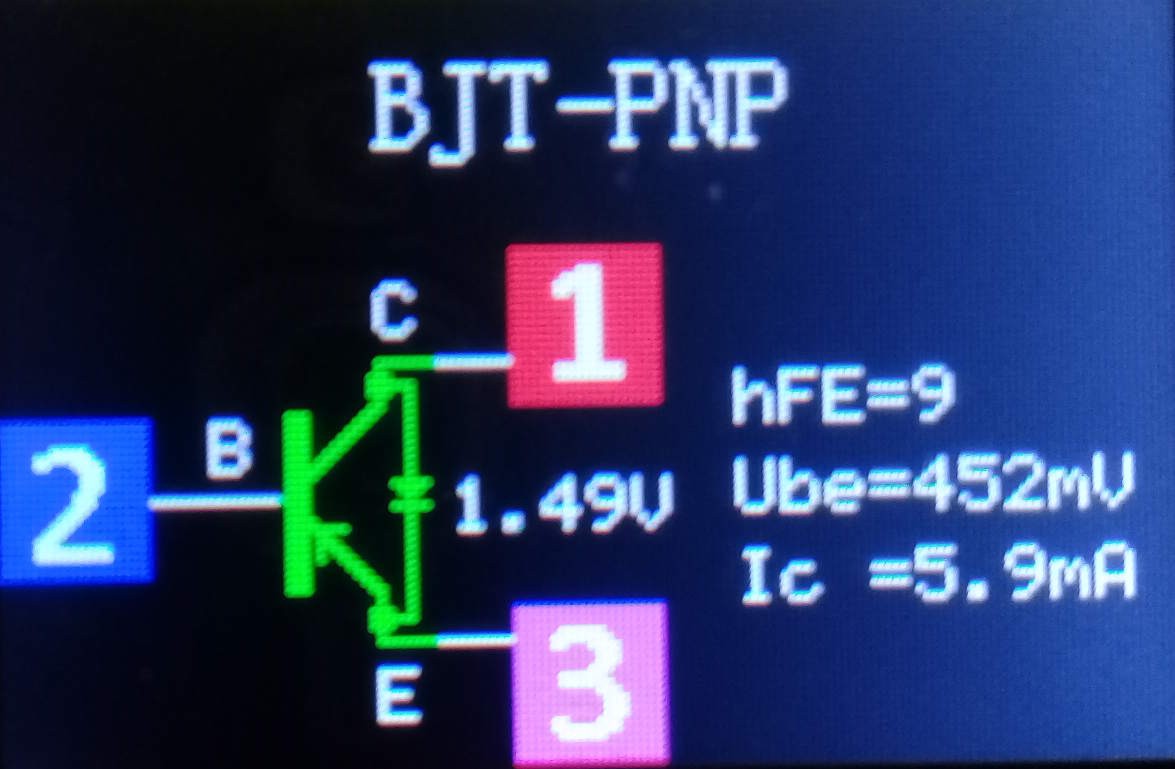
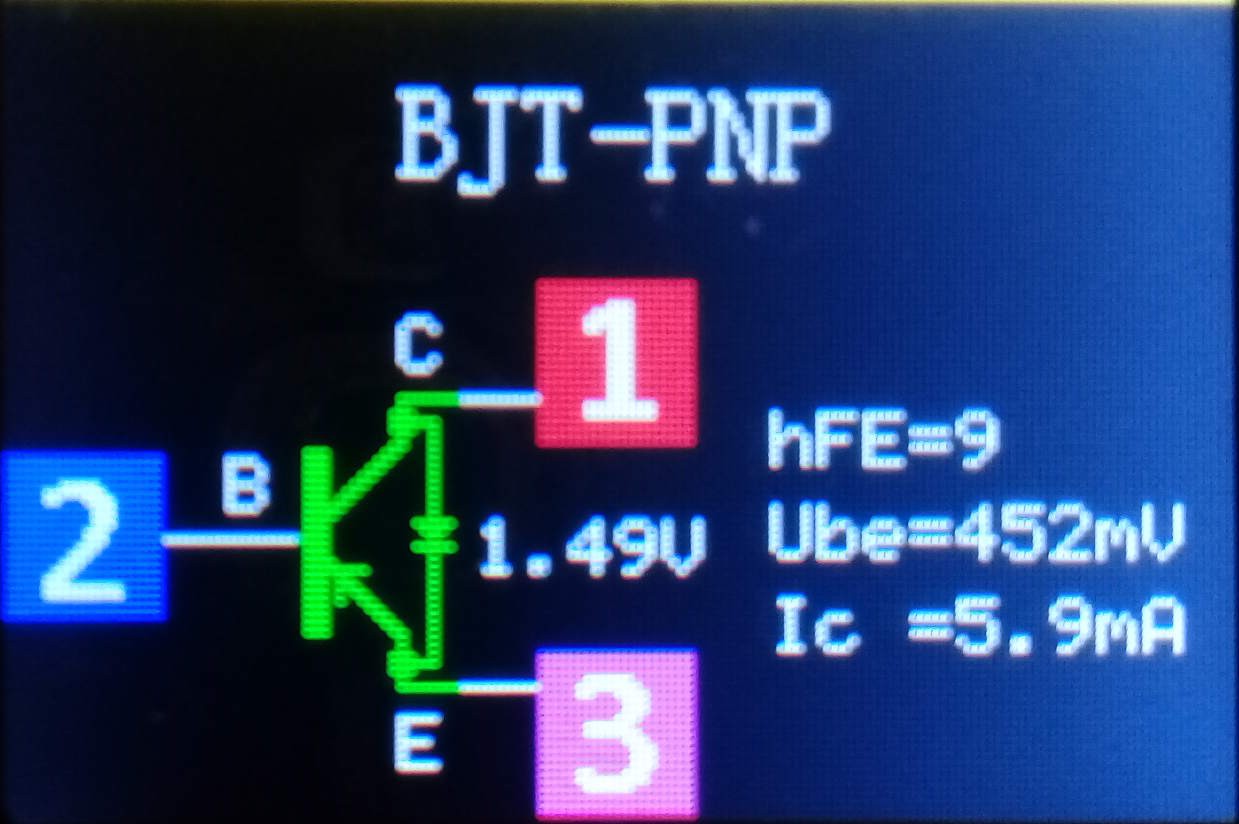
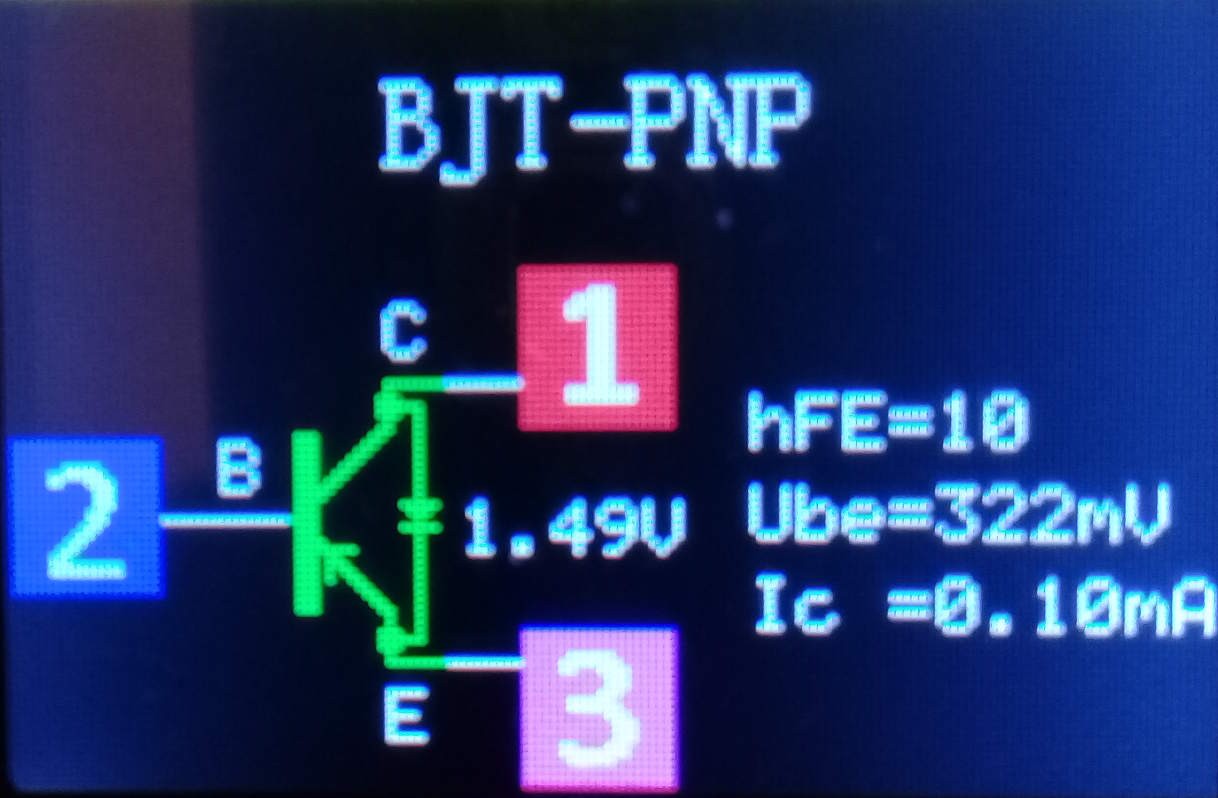
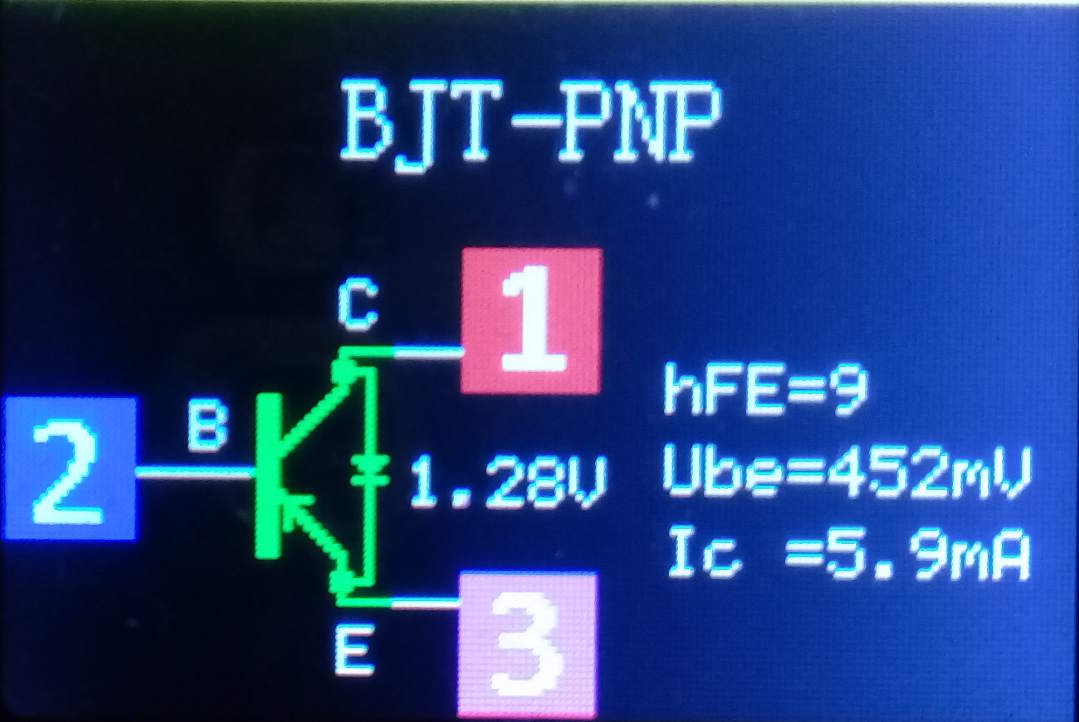
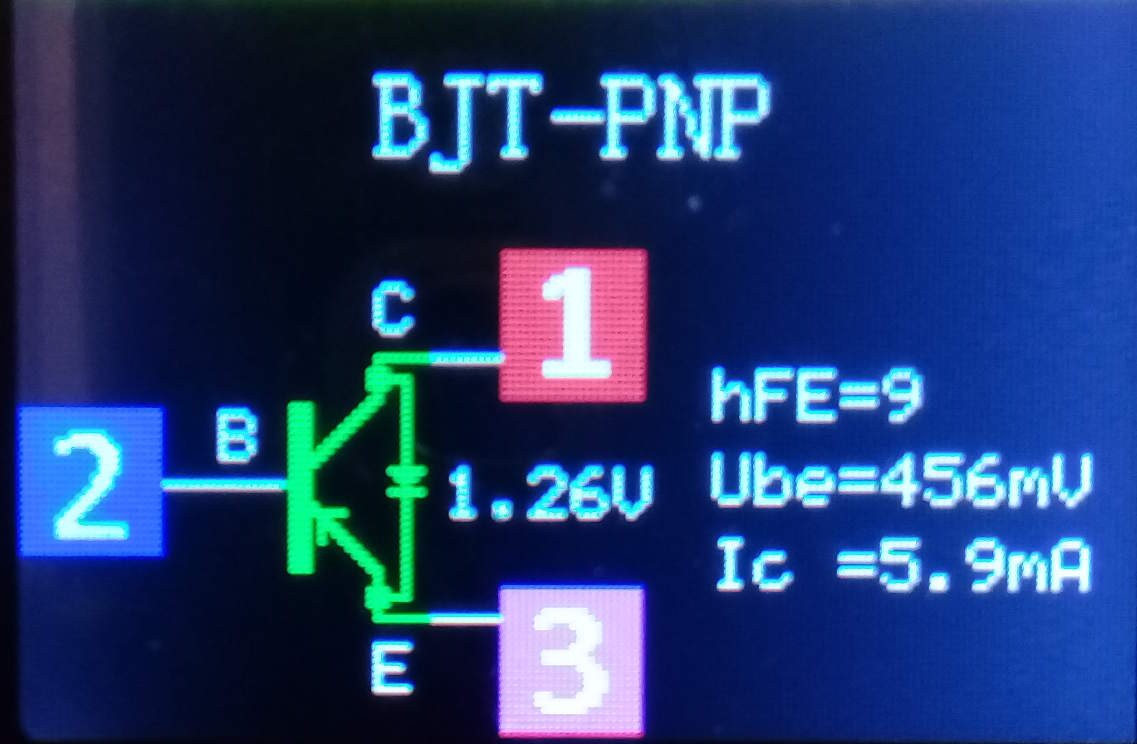
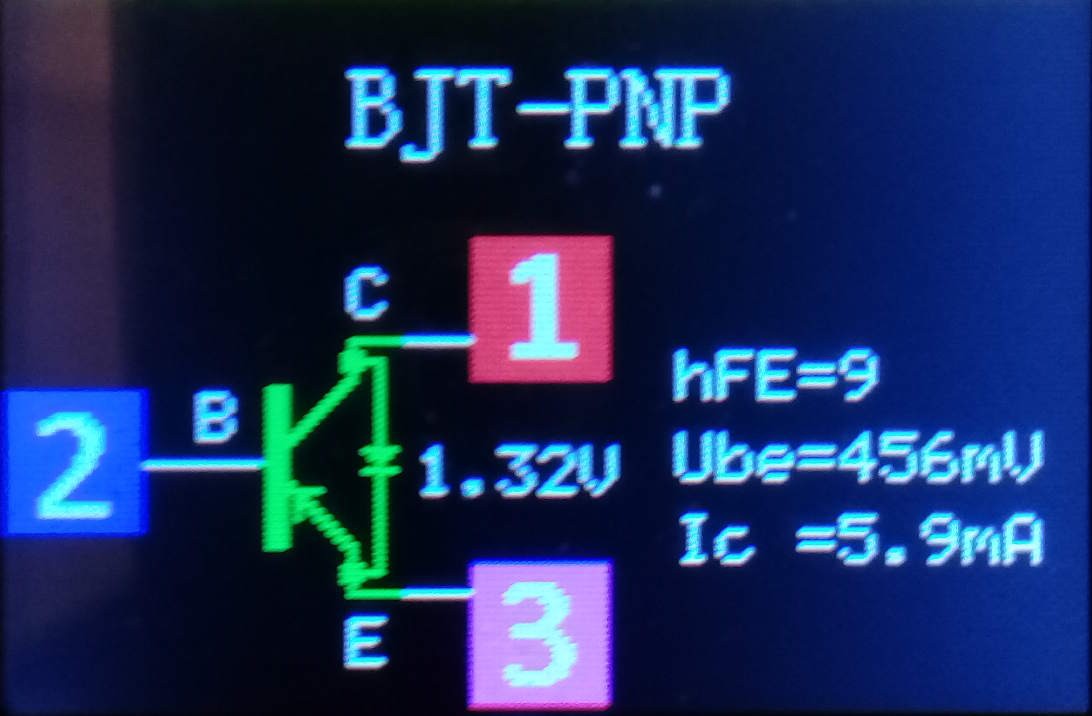
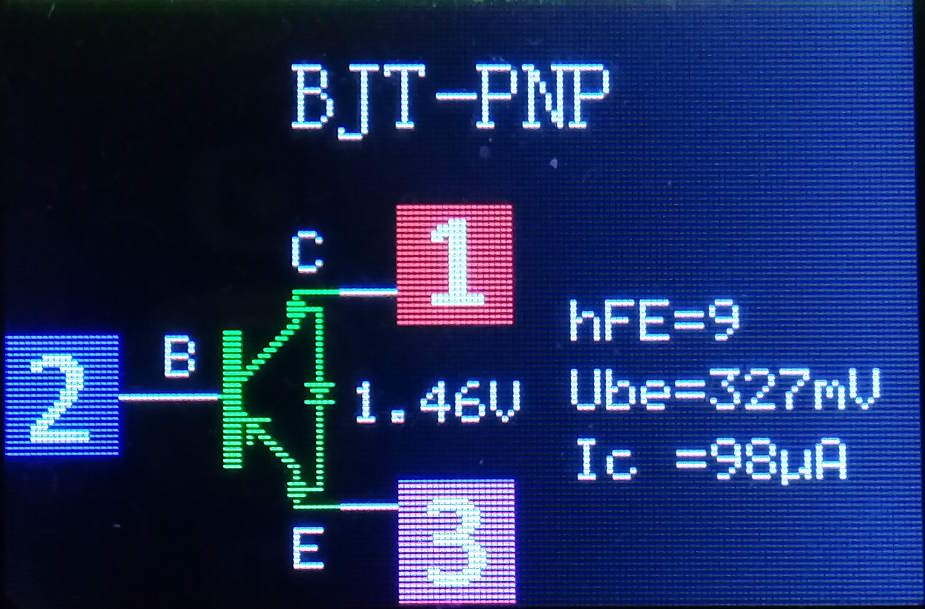
The gain is consistently low, between 8 and 10, and it's rated at 25 though the datasheet might use a different measurement circuit. But it's low. And quite bounded. Ic is rated at 10mA (yes it's a low-power device) so the base requires a 1mA current to get things going...
The Ube varies between 0.32V to 0.46V, more than the other Germanium from other batches and other types (often as low as 0.1V). Increasing this value is probably the cost paid to have no detectable leakage current, but I'll live with that for the project in question.
But the emitter-collector diode is new and unexpected. The forward voltage (between 1.2V and 1.5V) should never happen in a normal circuit but... the diode should not exist anyway, right ?
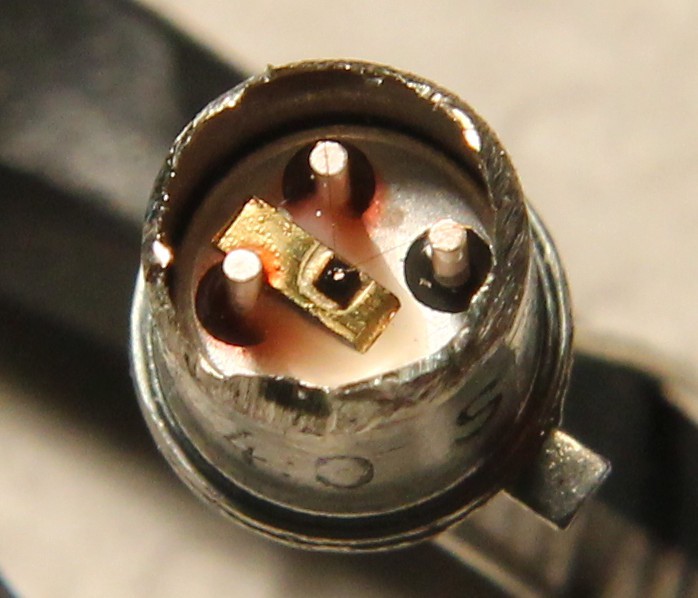
I see no mention of this parasitic behaviour in the datasheets (here its sibling, the AF239)
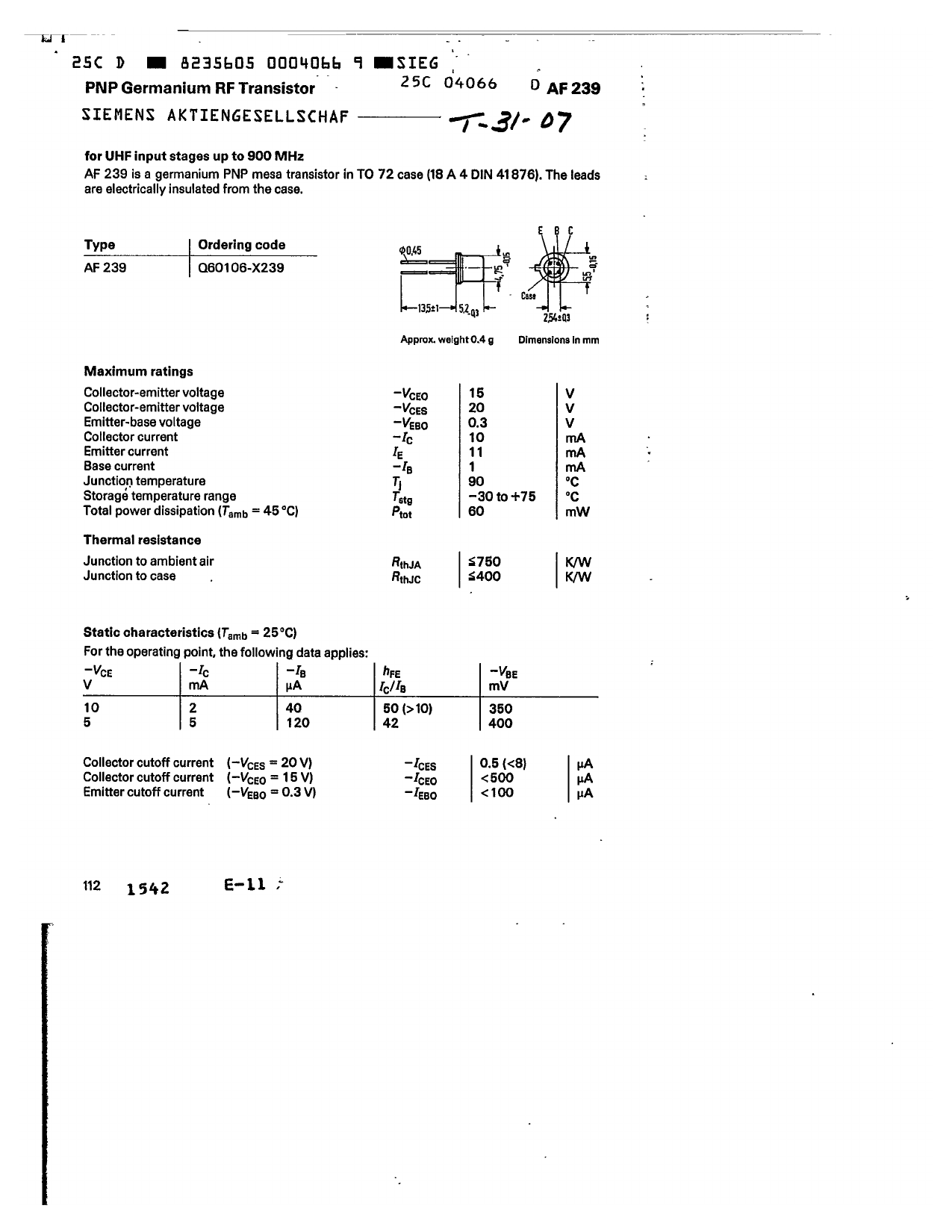
Note that Ib must be < 1mA. This is a very fragile part.
As you might remember, the AF240 is a "mesa" type, made with epitaxial deposition. It's designed for the fast ft=500MHz and the supply is reduced to 15V max. I wonder what causes/creates this parasitic diode, that is usually found in MOSFETs.
____________________________________________________
Edit:
As discussed in the comments, it appears that the 1.3V diode is in fact 2 diodes in series :
- the normal base-collector diode at approx. 0.3V
- the normal base-emitter diode is approx 0.3V too but apparently in parallel with the unexpected reversed 1V diode

The new hypothesis is that this could be the breakdown voltage of the base-emitter side, which would be lowered due to the tuning for speed. So this would be a side effect of the intrinsic fabrication process of a speed-oriented part, as the photograph of the internals show no diode.
Now I wonder if/how other UHF transistors exhibit such a parasitic diode and what their value is...
Can anyone chime in ?
Anyway, the AF240 seems to be precisely appropriate for ECL operation, with its low gain, low operating voltage, low current, undetectable leakage, and the 10mA rating almost gives it away.
 Yann Guidon / YGDES
Yann Guidon / YGDES
Discussions
Become a Hackaday.io Member
Create an account to leave a comment. Already have an account? Log In.
The consequence is that I can't use this transistor type to perform "naughty tricks" such as "bidirectional pass gate" :-/
Are you sure? yes | no
It's as if one of the structures had a double diode (the parasitic one having Vf = 0.7), and the current flows through 2 diodes in series...
Are you sure? yes | no
Testing with the same smart tester, between base and emitter, it finds 2 diodes :
1.15V and .472V
That is weird !
Another has 1.06V and 0.477V between emitter and base, though the collector-base diode is normal at 0.394V.
Are you sure? yes | no
Maybe the method implemented in the tester is not suitable for germanium transistors?
Are you sure? yes | no
This is a possibility but it appears to not be bad with all the other Ge transistors I tested with it.
Usually, the "extra diode" appears on "lemons" (bad transistors, usually hFE<5 and high leakage).
Here, no leakage appears and all the transistors seem to be very similar, so this might be due to the "mesa" structure.
I should compare with the circuit I built for https://hackaday.io/project/10698-clockwork-germanium/log/35265-testing-germanium-transistors but the diode shouldn't affect my applications. However, had I not used this tester, I wouldn't have guessed there was a parasitic diode...
Are you sure? yes | no
I believe the firmware for the tester is open source and you can look to see what tests it applies.
Are you sure? yes | no
I just checked with a multimeter and there is indeed a sort of diode effect, with Vf approx. 0.8-1.1V
This is the only bipolar transistor type that I know of that does this :-O
Are you sure? yes | no
At what current are you testing the transistor and how is tre transistor set up? Many old germanium transistors can have ICEO near 1 mA at 25°C. Soviet MP4x line is quite bad when it comes to ICEO. As you can see, even when new, it could have had 500 uA ICEO. That may make it seem like a diode at low excitation currents.
Are you sure? yes | no
@MS-BOSS Good question.
I don't know the testing parameters of the device.
However the key to the mystery is at the bottom of the next log https://hackaday.io/project/13409-germanium-ecl/log/188294-more-characterisation
And yes, the old Soviet ones are "delicate"...
Really I understand better now how and why transistors have had a rough development history.
Are you sure? yes | no